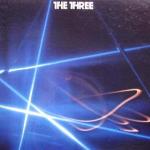More Lee Ritenour
More Audiophile Recordings
- Superb sound throughout this original Direct-to-Disc Japanese import pressing, with both sides earning Double Plus (A++) grades – fairly quiet vinyl too
- Full-bodied and warm, exactly the way you want your vintage analog to sound – the guitar is surprisingly real here
- Both of these sides are Tubey Magical, lively and funky, with the kind of rich, solid sound that will fill your listening room from wall to wall
- “The third of three Lee Ritenour sets originally cut for Japanese JVC matches the studio guitarist with … Ernie Watts (on tenor and soprano), both Dave and Don Grusin on keyboards, electric bassist Abraham Laboriel, drummer Steve Gadd and percussionist Steve Forman.”
- Friendship is without a doubt this group’s best sounding album, and, to our way of thinking, their only essential one
This is one of my all time favorite audiophile discs. It’s actually real music.
The song “Woody Creek” is wonderful and reason enough to own this excellent album. The guitar of Lee Ritenour and the saxophone of Ernie Watts double up during a substantial portion of this song and the effect is just amazing.
Special kudos should go to Ernie Watts on sax, who blows some mean lines. But everybody is good on this album, especially the leader, Lee Ritenour. I saw these guys live and they put on a great show.
By the way, looking in the dead wax I see this record was cut by none other than Stan Ricker of Mobile Fidelity fame himself!
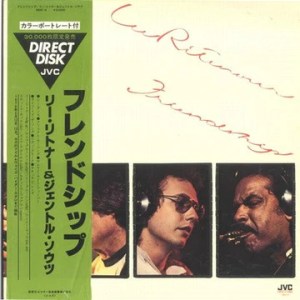
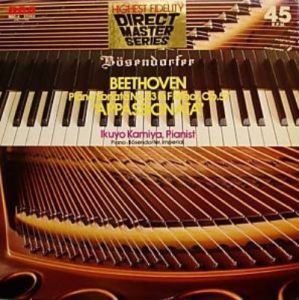
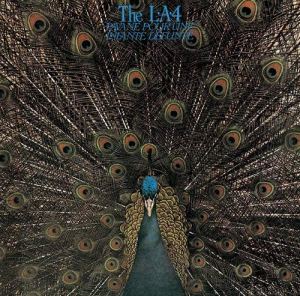
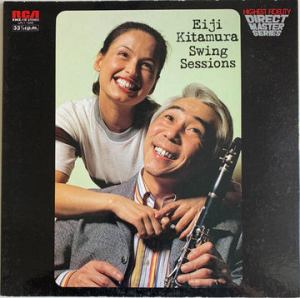
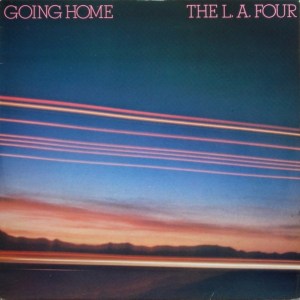

 There has been one big change from the days when I self-identified as a freshly minted audiophile in the 70s.
There has been one big change from the days when I self-identified as a freshly minted audiophile in the 70s.
